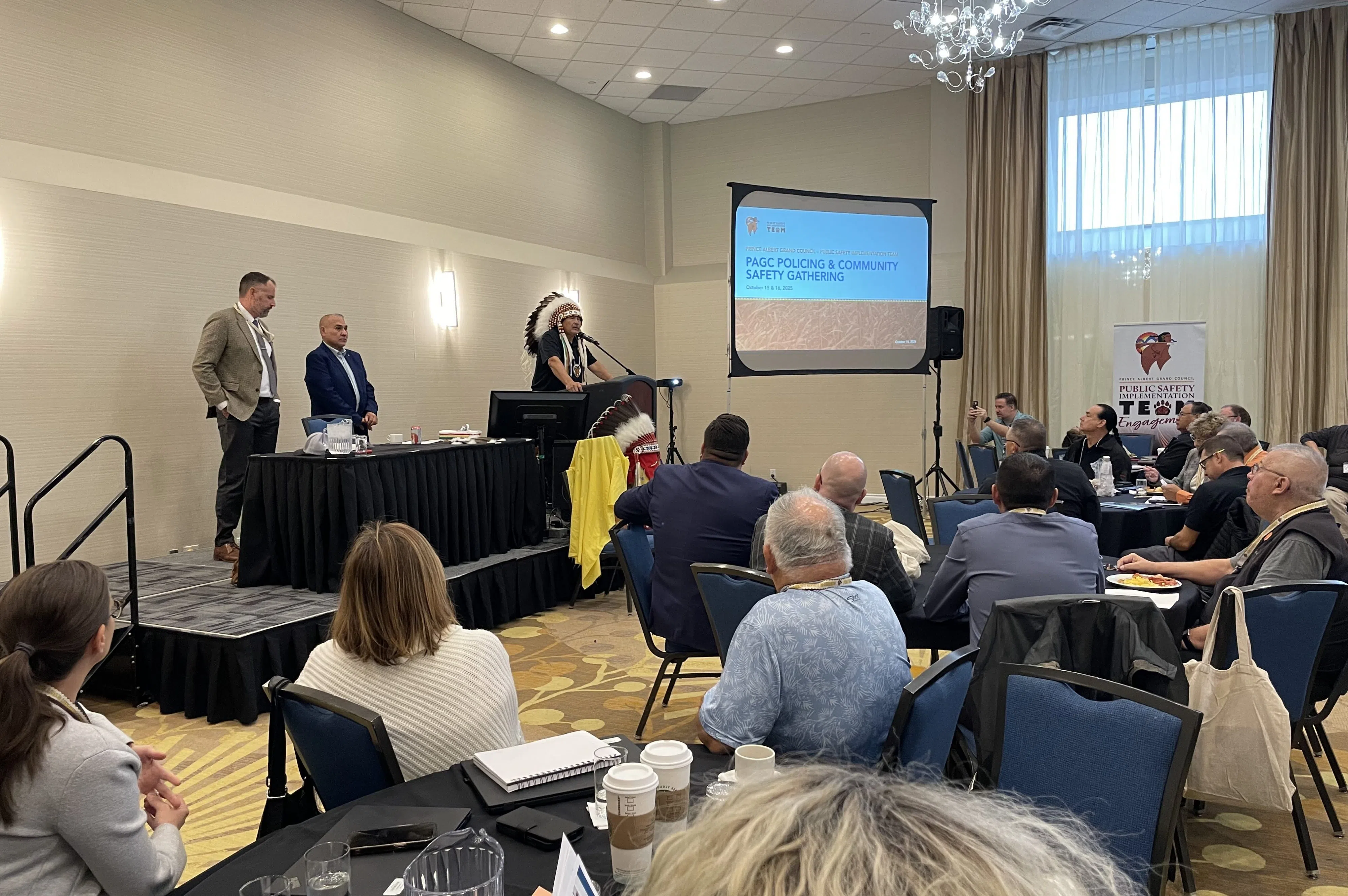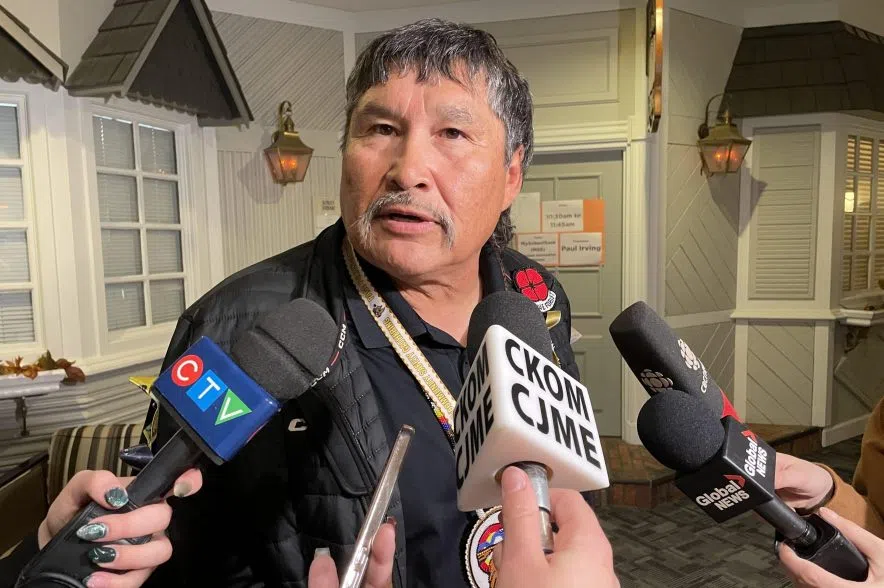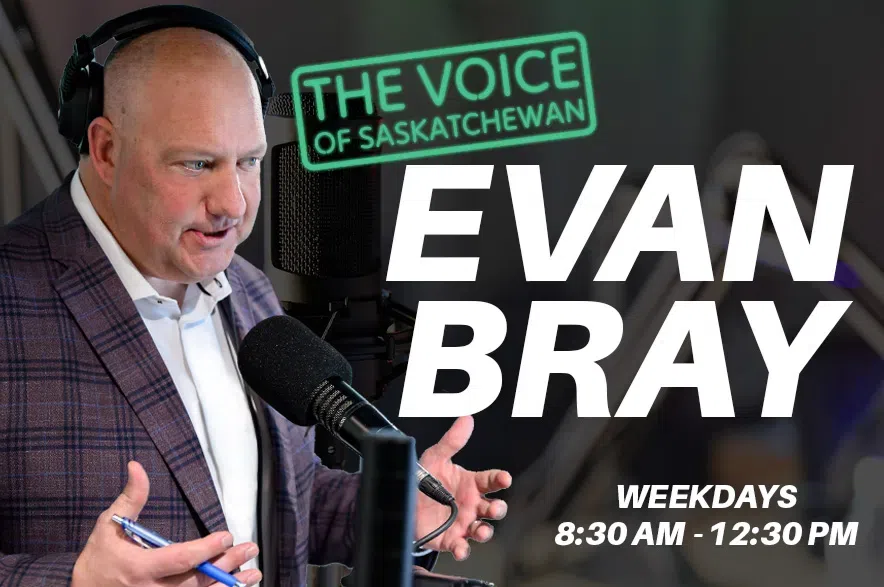Indigenous communities in northern Saskatchewan are another step closer to self-administered policing.
During a gathering that began on Oct. 15, the Prince Albert Grand Council (PAGC) presented its regional policing study to members.
Two of the study’s core components were a survey and community engagement sessions.
Read more:
- James Smith Cree Nation chiefs renew call for First Nations policing
- Indigenous-led policing study to explore options for Sask. First Nations
- Saskatchewan simplifying enforcement of First Nations laws, bylaws
In the survey, respondents were asked to share their thoughts on current policing services in their community. More than half reported not feeling safe in their community and 75 per cent said they believe a First Nation-led police service would meet their community’s needs better than the RCMP.
But these figures only represent the views of the 848 people who took the survey out of the roughly 50,000 members within the PAGC.
During its engagement sessions, which were held in 28 communities, more than 8,700 people attended to share their thoughts. That included comments on the major safety issues in their area, how policing could improve and any setbacks they saw with developing a regional Indigenous police service.

While addressing attendees on Oct. 15, Hardlotte said the idea is for the Indigenous policing service and RCMP, “to work side by side.” (Marija Robinson/650 CKOM)
Some of the concerns raised during these sessions were the lack of RCMP officers and delayed response times.
The lack of officers is in part because of recruitment issues, with PAGC Grand Chief Brian Hardlotte saying there aren’t many Indigenous officers. Without Indigenous people in the police service, it’s left young RCMP officers coming to the area without knowledge of the community or its culture and values.
Solving the issue will take time, since the lengthy recruitment process makes it hard to get numbers up quickly.
But, Hardlotte said, with self-administered policing, there’s an opportunity for young people to have a good career and work in communities where they understand the people. Vice-Chief Joseph Tsannie also said he had ideas for recruiting and training police, although he didn’t share any specifics.
Currently, all the PAGC nations are policed by the RCMP, although some have community safety officers, peacekeepers or community security guards that work alongside them.
Speaking about response times, according to Hardlotte, when an emergency happens in a community, “the call is always answered in Regina” rather than by the officers in the area, making help slow to come.
It also doesn’t help that only 10 communities within PAGC have police detachments. Eight have a detachment within 50 km or less, while three have detachments between 50 to 100 km away. None of these detachments have police officers on duty 24/7.
Delayed response times were one of the issues raised by James Smith Cree Nation after Myles Sanderson killed 11 people and injured 17 back in September 2022.
Both the lack of officers and slow response times are issues that Hardlotte said can be fixed with Indigenous policing.
Next steps
With the study’s findings presented to members, the next step is to have a final report done by March 2026.
Following this report, communities will need to give their approval to move ahead with the process and Hardlotte said work will begin on negotiating funding, although he isn’t concerned about securing the money.
“It’s not a worry to the Chief and councils. It’s not a worry to the police chief that the funding is going to be secure. It’s going to be there,” Hardlotte said.
A decision will also need to be made on which policing model should be adopted. One option is a tribal council model, making PAGC responsible for running the police service.
Hardlotte said in that instance, the head office would likely be in Prince Albert with smaller offices located in communities that opt into the model.
The other option is to have an individual model, where a First Nation will have its own police service. The only one in Saskatchewan right now is the File Hills First Nations Police Service. In that instance, Hardlotte said PAGC will still help them negotiate for funding.
Regardless of which model is chosen, “we have to make sure that it’s something we’re not set up to fail,” Tsannie said.











